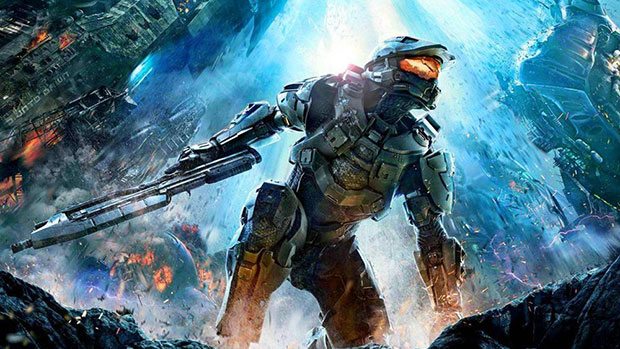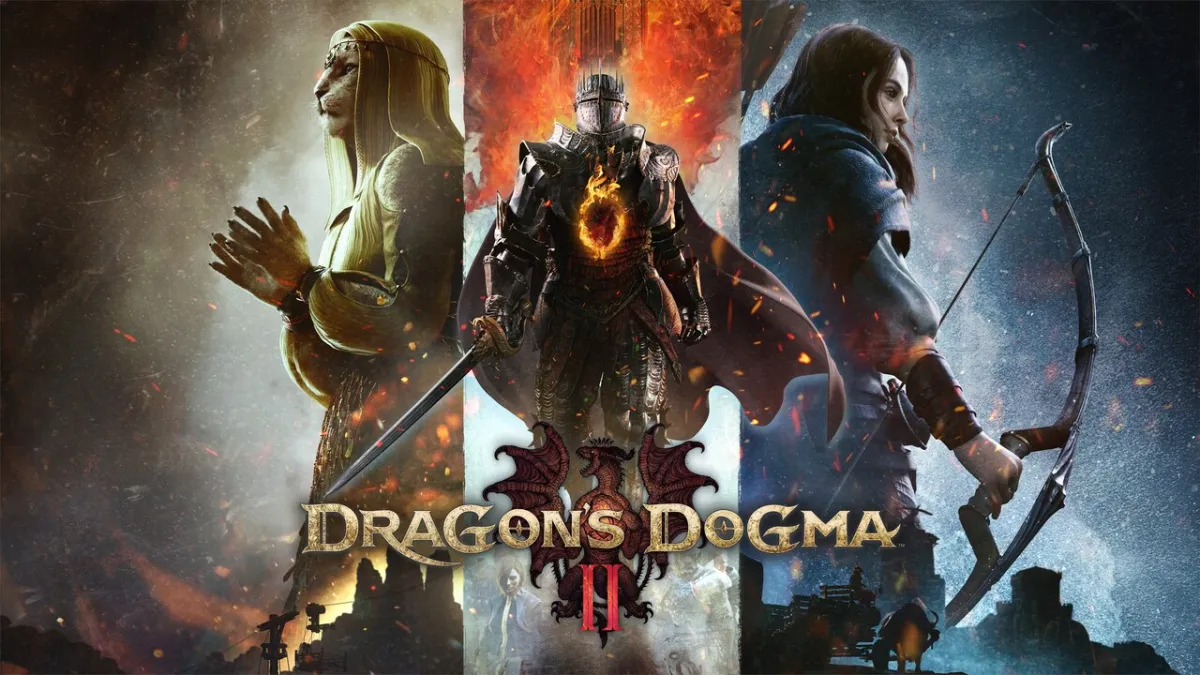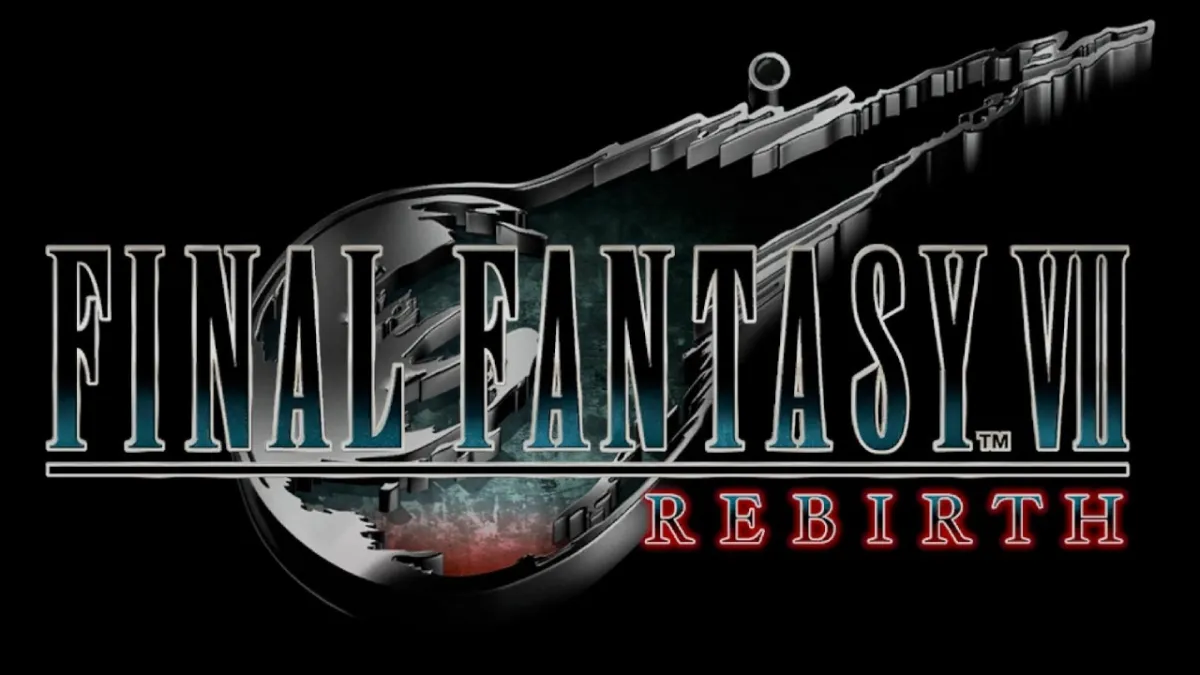When it comes to big games on the Xbox 360, there aren’t any bigger than the flagship franchise of Halo. A franchise that launched the Xbox brand some years ago is now without its creators at the helm. With Bungie moving on to new projects, 343 Industries has assumed control of the series, with Halo 4 being their first shot at earning fan confidence and herding them into a brand new trilogy. The developers aren’t exactly starting from scratch here. Halo 4 continues the storyline from Halo 3, and is built on the Halo: Reach engine, albeit a modified version of it. 343 takes some liberties with the series, offering a slightly modified take on the existing multiplayer gameplay from Bungie’s last game, a brand new episodic cooperative mode, and a slightly more traditional continuation of the game’s main storyline.
Halo fans have seen everything except Master Chief in the last two Halo games released. Bungie started to explore the lore outside of Master Chief’s story with Halo O.D.S.T. and then continued that trend with Halo: Reach. Fans really weren’t sure if there was more story to tell in the tale of Master Chief and his A.I. companion Cortana. When we last left off with the pair, they were set adrift. Upon awakening from cryo-sleep some years later, the Master Chief’s AI partner has begun the transition into a state of “rampancy”, where she is slowly becoming dysfunctional and unstable. The primary mission at the start of Halo 4 is to return Cortana home, and get her to Dr. Halsey for a possible solution in this “save the princess” type story. As this story unfolds, a new galactic threat must be faced, and you’ve probably guessed who the only one that can stop it is.
Aside from a brand new species of enemy with numerous classes and weapons within, Halo 4 feels very familiar. Not only in its approach to combat, but in how the story is progressed. It’s a linear campaign that progresses through the clearing of sandbox style areas that can be completed as the player sees fit. Scrounging for ammunition, utilizing enemy vehicles and targeting enemy weak points is of utmost importance, as it has been in every Halo game before it. Covenant baddies are woefully familiar, and still range from the lowly grunts to the heavily armored hunters, with different battle tactics for each. Seemingly ripped straight from previous games, the Covenant haven’t changed much, if at all. However, the Prometheans, an ancient race that inhabits the planet of Requiem, are the real big changes to Halo 4’s single player campaign.
These new enemies are wholly different than their Covenant counterparts and change up the pace of combat quite a bit. Fast moving crawlers can overwhelm you if not careful, and Knights will teleport across the battlefield if you give them a chance. Watchers can heal, resurrect and shield its allies, and these flying menaces are what give Halo 4’s new combat a surge in the tactics department. The Prometheans require more thought than the Covenant have in the past. You’ll want to clear watchers first and foremost, if just to avoid having to kill the same enemy twice. Adding to the arsenal of weaponry the Prometheans introduce another brand of arms into the mix, that feel similar to both the UNSC and Covenant classes that have evolved over the course of the series. Outside of this introduction to the Prometheans, and their leader Didact, Halo 4 isn’t really breaking new ground for the franchise. A mech vehicle called the Mantis and the ability to fly a Pelican, are probably the highlights of the story, and sadly are the only real ways that 343 Industries deviates from the traditional. A game that has not been dumbed down in the least, players are in familiar territory with game options as well. The campaign comes with four stock difficulty levels, with a Legendary campaign still fit for only the hardest of hardcore Halo players. The bottom line is that fans will feel right at home in Halo 4’s single player campaign.
Noticably better looking than any Halo game before it, Halo 4 is undoubtedly the best looking game in the series. The single player campaign often opens into massive battlefields with visuals ripped straight from the best looking concept art you’ve ever seen. A deviation away from the graphical style of past Halo games, there is more color in Halo 4 and more use of it in the new enemies and their weaponry. Lighting and visor effects particularly make the experience more believable than ever before. Nearly everything in the universe has seen a new coat of paint applied since Reach, with an even more significant jump from Halo 3. Between these visual upgrades and new soundtrack, these areas are ones where 343i makes Halo its own, takes the most risks, and deviates from the traditional formula in the most significant ways, outside of the re-tooling of the online modes.
Perhaps the biggest enhancement to Halo 4 is its all seeing experience system. Built around Spartan Rank and a Spartan Hub, players will earn points for everything that they do in Halo 4. Rank up, and you’ll earn Spartan Points that can be put towards a progressively unlocking set of equipment, armor, and customization tools. The Spartan that you create can be used across the game’s Spartan Ops and War Games modes. Customization tools allow for this character to be the player’s recognizable online identity, some are very familiar to what was offered in Reach, while there does seem to be more options than before. With a seemingly endless combination of colors, armor, and styles to choose from, customization is deep for those that care greatly about appearance. These customizations are only aesthetic alterations, similar to Halo: Reach, there is no in-game benefit to them. Where things get interesting is in player loadouts. Players can unlock up to five custom loadouts with slots for primary weapons, secondary weapons, a grenade, armor ability with one new tactical package and support package. Primary weapons in loadouts are limited to traditional starting weapons. This means that players can choose from the DMR, Battle Rifle, Assault Rifle, Covenant Carbine, as well as Promethean equivalents to each. This pattern continues through the secondary weapon and grenade slots, with each race having a representative in the slot. Armor abilities which were introduced in Halo: Reach have been changed alot. Armor Lock is gone, as is Sprinting, and have been replaced with a few new abilities. Promethean Vision allows you to get a sneak peek at enemy locations, the Thruster Pack gives a quick movement burst to avoid enemies or close a gap, the Hardlight Sheild is a deployable shield that allows for the deflection of projectiles and small arms, and the Autosentry is a floating turret that will take aim at your opposition. The new armor abilities fit well into the established group of returning Spartan abilities. The more significant changes seen are in the introduction of the tactical and support packages, these allow for unlockable buffs for the player that are wide ranging and Call of Duty-esque. These enhance capabilities like reload speed,grenade capacity, ordinance drop frequency, damage attributes, and quite a few others. As does nearly everything in the Spartan Hub, these unlock with earned experience and rank. When your loadout is complete, you can take this new Spartan onto the online competitive multiplayer arena, or into the Spartan Ops mode.
It’s called Halo Infinity, the name of a ship where Spartan recruits practice in War Games modes and complete episodic story content on the planet Requiem in Spartan Ops mode. Sure, maybe its a glorified name for Multiplayer and Co-Op, but there is a considerable effort put in here to add a cohesion between all there is to offer in Halo 4. Spartan Ops puts players on various missions, many of which play out like the single player campaign. They can be tackled alone, with friends, or random players through the game’s matchmaking service. Not quite as fun as the round based gameplay in Bungie’s cooperative Firefight Mode, which has been scrapped, Spartan Ops is pushed along by lengthy CG cutscenes that are scheduled to arrive in the form of DLC. The first one comes free, but for those looking to continue on in this cooperative adventure, they are going to have to pay up when the time comes. It’s unclear what the real draw here is. There’s very little on the story front that make additional Spartan Ops missions a must-have, as the mode offers very little that hasn’t been seen ad-nauseum in the Halo 4 campaign and Halo games prior. 343 could have done a much better job of making players want to engage in the Spartan Ops mode, as it stands it’s a generic version of the game’s campaign, and little more.
The real star of the show, as it has been for some time in the franchise, is Halo 4’s competitive multiplayer. This also happens to be where 343 Industries takes the biggest risks and deviates from a formula that Bungie had adhered to for the majority of the franchise’s existence. Halo has traditionally been an exceptionally balanced game with a steep learning curve. It’s been a game that rewards skilled players for their marksmanship and reflexes, map knowledge and ability to work as a team. These core principles remain untouched in Halo 4. Still built around shield popping and headshots, 343 changes Halo in less meaningful ways than these, but big changes nonetheless. Briefly explored in Halo: Reach, Bungie introduced a new world of armor abilities that changed the game drastically from its former iterations. 343 takes this torch and continues to run with it, adding even more variables into the mix.
Multiplayer does feel more accessible than ever before. Locations of weapons and grenade pickups are noted on the map and easy to find, a bit different than the memorization that was required in previous games. Ordinance drops which are awarded for scoring kills and assists will drop weapons and perks onto the battlefield as the game progresses. Players can select from three options which usually includes a grenade, gun, or ability like an overshield or speed boost. Like the new perks system, this ordinance mechanic is a change of pace for Halo, but fits well because of the subtle inclusion in the game. Not all game modes have them, but the popular ones do. Online there is a long list of returning game modes and variations of fan-favorites. Infinity Slayer and Big Team Infinity Slayer are carbon copies from previous games, with a nearly all-new lineup of maps, with the exception of Valhalla.Armor abilities play an indentical role in Halo 4 as they did in Halo: Reach. These primary enhancements allow players to select a special ability that suits their play style. While we touched on some of the new abilities above, there are plenty that return from Halo: Reach. The jetpack allows players to fly, Active camo will make slow moving players invisible, and the hologram will send a decoy out ahead of you to draw fire. This new gameplay mechanic brought the Halo franchise up to speed with Reach, and has changed very little aside from the new additions. The most significant changes come from the Support and Tactical packages that can be earned and applied to your Spartan through the Spartan Hub. These buffs can give you very specific edge over the competition. Faster shield recharges, unlimited sprint, faster ability recharges, and a laundry list of others give you ample room to experiment with different loadout combinations. With an online community that is growing by the day, we likely won’t get a chance to see if there any exploits to be had with these new buffs, but for now, they feel just as balanced as the weapons and armor abilities of the game.
Other traditional modes like Capture the Flag, Oddball, King of the Hill, and Slayer Pro have also made their return with slight variations as to how they are played. A spin-off of Zombie mode, Flood introduces a unique creature into multiplayer, and because of it, this old mode has new legs. These ranked playlists will all net you experience points that go towards your Spartan Rank and allow you to continue your journey through the new ranking system. By and large, Halo 4 feels familiar enough for Halo veterans, and competitive enough with its feature set to give contemporary shooters a run for their money. There’s still a learning curve in multiplayer, and a distinct line that separates the good players from the average. With so much to come back for, Halo 4 multiplayer is the same sort of experience that will keep fans busy for as many years as it takes to get Halo 5 out of the door.
Fans won’t be disappointed with the return of other popular features that Bungie introduced over the years. Forge, the map editing and custom game building tool has returned with new features, allowing players to create and share their work with friends, or with the entire Xbox Live community. Files can be uploaded to a file share system and used by others in the Halo universe, whether they are your friends or not. The same goes for the Theater Mode. Did you make a Killionaire? You can capture it, save it, edit it, and upload it to your file share. These options are wholly similar to those that were in place since Halo 3. Not that anyone believed that 343 would rip popular options from the game, but for the most part its all here. Except for some of the really interesting things that Bungie was introducing with Reach. The season based multiplayer that gave players a true ranking system has been eliminated, and quitting penalities in ranked matches have also been axed. Removing the penalty for quitting is a notable omission, and something that made Halo Reach more fun and less prone to mid-game migrations. Multiplayer still has a very distinct feel that separates it from the CoDs of the world, but that gap is narrowing.
Halo 4 is an important bridge to the future of the Halo franchise. A bridge that at times is trepidatiously crossed by 343 Industries. There are many instances where we wished they threw caution to the wind, as the changes that they have made come across as earnest attempts to better the franchise. The one thing that Halo 4 is missing is that one big feature that every Halo game has had before it. Previous runs in the franchise saw the introduction of features that were not only game-changers within the series, but at times within the industry. You don’t see that forward progress with Halo 4. Instead, you see 343 Industries playing it safe and paying tribute to the past as they complete the developer transition. They’ve proven their passion and acumen for handling the franchise, and hopefully Halo will return to its industry leading ways in the next iteration.







